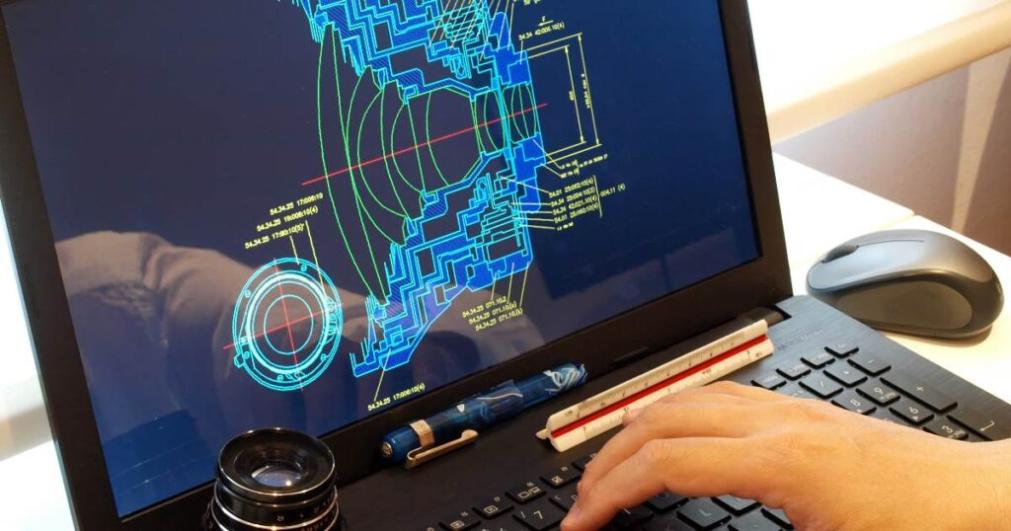Can Reinforcement Learning Models Enhance Collaboration and Communication in Architecture?
Introduction

Reinforcement learning (RL) models are a powerful tool in the field of artificial intelligence (AI). They allow AI agents to learn from their interactions with the environment and improve their performance over time. This makes them well-suited for a variety of tasks, including those that require collaboration and communication.
In architecture, collaboration and communication are essential for the successful completion of projects. However, the fragmented nature of the industry, large and diverse teams, geographical dispersion, and lack of standardized communication protocols can make it difficult to achieve effective collaboration and communication.
Research Question: Can RL models enhance collaboration and communication in architecture?
Background

The challenges of collaboration and communication in architecture are well-documented. The industry is fragmented, with many different stakeholders involved in each project. Teams are often large and diverse, with members from different disciplines and backgrounds. Projects are often geographically dispersed, making it difficult for team members to meet in person. And finally, there is a lack of standardized communication protocols, which can lead to misunderstandings and miscommunication.
There are a number of existing approaches to improve collaboration and communication in architecture. These include:
- Building Information Modeling (BIM): BIM is a digital representation of a building that allows architects, engineers, and contractors to share information and collaborate on projects.
- Virtual reality (VR) and augmented reality (AR): VR and AR can be used to create immersive experiences that allow team members to visualize and interact with projects in a more realistic way.
- Collaborative online platforms: Collaborative online platforms allow team members to share files, communicate with each other, and track the progress of projects.
Reinforcement Learning Models for Collaboration and Communication
RL models can be applied to enhance collaboration and communication in architecture in a number of ways.
- RL models can learn from interactions with the environment to improve their performance. This means that they can learn to communicate more effectively with other team members, and to make better decisions about how to collaborate on projects.
- RL models can be used to optimize communication strategies. By learning from past interactions, RL models can identify the most effective ways to communicate with different team members. This can help to reduce misunderstandings and miscommunication.
- RL models can facilitate decision-making and conflict resolution. By learning from past experiences, RL models can identify the best ways to resolve conflicts and make decisions that are in the best interests of the project.
There are a number of case studies and examples of RL models being used in architecture. For example, researchers at the University of California, Berkeley have developed an RL model that can be used to optimize the design of buildings. The model can learn from past designs to identify the most energy-efficient and cost-effective designs.
Benefits of Using RL Models in Architecture
There are a number of benefits to using RL models in architecture. These include:
- Improved coordination and efficiency in project execution
- Enhanced communication and understanding among team members
- Reduced rework and errors due to miscommunication
- Increased productivity and innovation through better collaboration
- Improved stakeholder satisfaction and project outcomes
Challenges and Limitations
There are also a number of challenges and limitations to using RL models in architecture. These include:
- Lack of data and training requirements for RL models
- Computational complexity and resource requirements
- Ethical considerations and potential biases in RL models
- Need for human oversight and intervention in RL-based systems
Future Directions
There are a number of potential advancements in RL models that could have a significant impact on architecture. These include:
- The development of RL models that can learn from a wider range of data sources
- The development of RL models that are more efficient and require less computational resources
- The development of RL models that are more ethical and less biased
- The development of RL models that can work more closely with humans
These advancements could lead to the development of RL-based systems that can significantly improve collaboration and communication in architecture.
Conclusion
RL models have the potential to revolutionize the way that architects collaborate and communicate. By learning from past interactions, RL models can identify the most effective ways to communicate with each other, make better decisions, and resolve conflicts. This can lead to improved coordination and efficiency in project execution, enhanced communication and understanding among team members, reduced rework and errors due to miscommunication, increased productivity and innovation through better collaboration, and improved stakeholder satisfaction and project outcomes.
YesNo

Leave a Reply